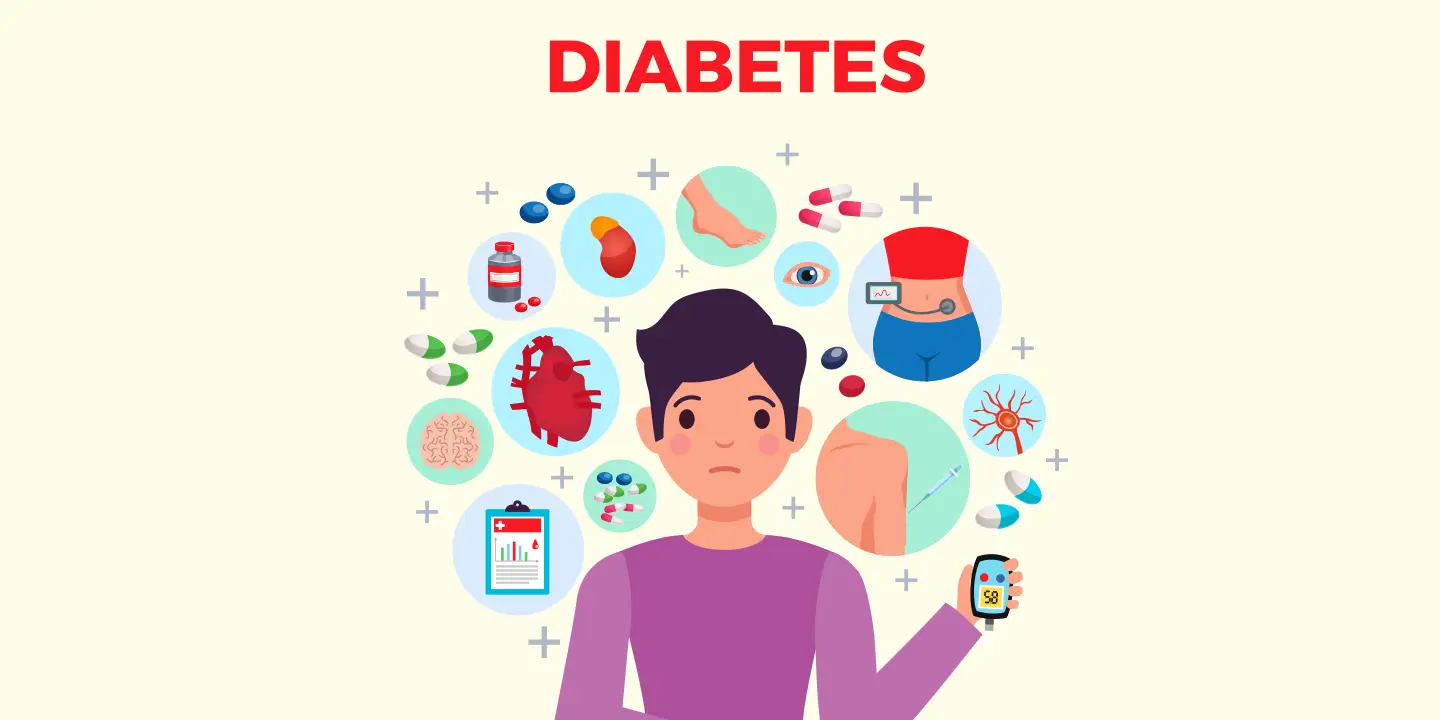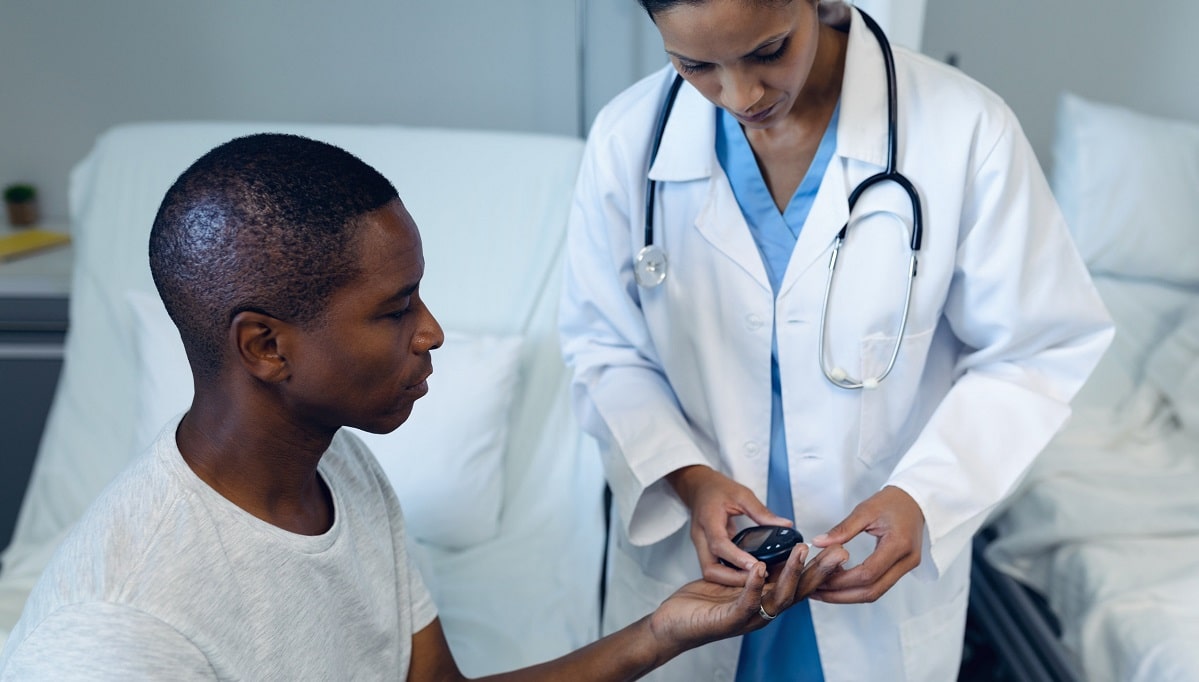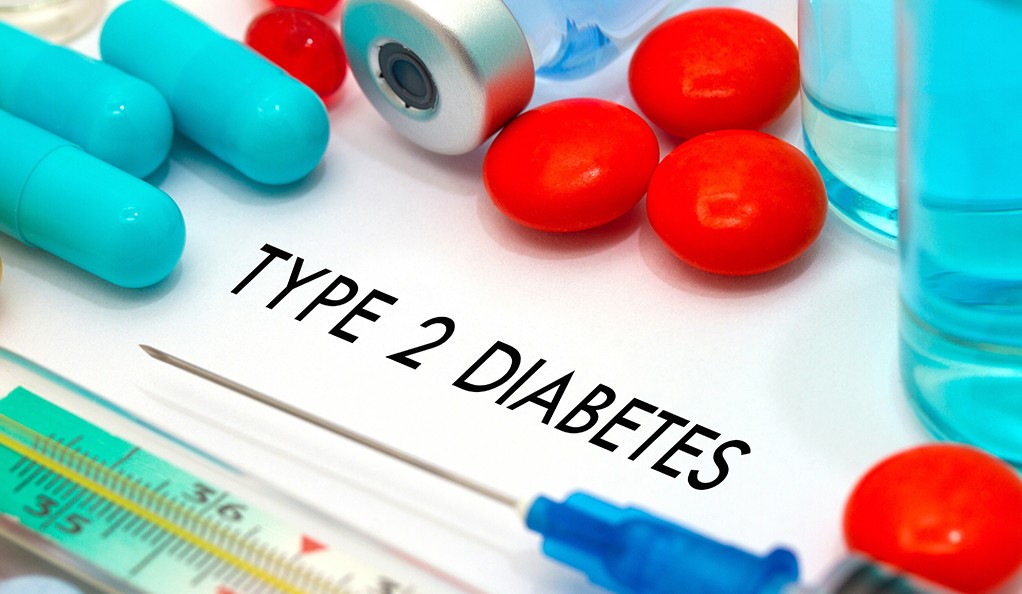Type 2 diabetes has become one of the most prevalent health conditions worldwide, affecting over 37 million Americans and approximately 6.3% of the global population. What makes this chronic condition particularly concerning is its silent nature – many people live with type 2 diabetes for years without realizing it, as symptoms often develop gradually and can be easily overlooked or attributed to other causes.
Unlike type 1 diabetes, which typically manifests quickly with severe symptoms, type 2 diabetes creeps up slowly, making early detection challenging yet crucial. The condition occurs when your body becomes resistant to insulin or doesn’t produce enough of this vital hormone, causing glucose to accumulate in your bloodstream rather than entering your cells for energy. This metabolic dysfunction triggers a cascade of symptoms that, when recognized early, can lead to timely intervention and significantly better health outcomes.
The importance of early recognition cannot be overstated. When type 2 diabetes goes undiagnosed, it can lead to serious complications, including cardiovascular disease, kidney failure, blindness, nerve damage, and even limb amputations.
However, catching the condition in its early stages allows for effective management through lifestyle modifications, medication when necessary, and prevention of long-term complications. Understanding these early warning signs empowers you to take control of your health and seek medical attention before the condition progresses to more serious stages.
The Classic Trio: Thirst, Urination, and Hunger

The most recognizable early signs of type 2 diabetes form what medical professionals often call the “classic triad” of symptoms. Increased thirst (polydipsia) is typically the first symptom people notice. As blood sugar levels rise, your kidneys work overtime to filter and remove excess glucose from your blood, leading to dehydration and an almost constant need to drink water.
Frequent urination (polyuria) goes hand-in-hand with increased thirst. When your kidneys can’t keep up with filtering excess glucose, some spills into your urine, drawing additional water with it and causing you to urinate more frequently than normal, often including nighttime trips to the bathroom. The average person urinates four to seven times daily, but those with diabetes may go significantly more often.
Increased hunger (polyphagia) completes this trio of symptoms. Despite eating regularly, you may feel constantly hungry because your cells aren’t receiving the glucose they need for energy due to insulin resistance. Your body interprets this cellular starvation as a need for more food, leading to persistent hunger even after meals.
Energy and Vision Changes
Persistent fatigue is another early warning sign that shouldn’t be ignored. When your cells can’t effectively use glucose for energy due to insulin problems, you’re left feeling tired and lethargic even after adequate rest. This fatigue differs from normal tiredness – it’s a persistent, unexplained exhaustion that doesn’t improve with sleep.
Blurred vision occurs when high blood sugar levels cause fluid to shift in the lenses of your eyes. This symptom may fluctuate with changes in blood glucose levels and can be one of the more noticeable early signs. While this vision change is often temporary and can improve with blood sugar control, it serves as an important warning signal that shouldn’t be dismissed.
Physical Changes and Healing Issues

Unexplained weight changes can manifest in two ways with type 2 diabetes. Some people experience unexpected weight loss despite increased appetite, as the body begins breaking down muscle and fat for energy when it can’t access glucose effectively. Others may gain weight due to increased hunger and insulin resistance.
Slow-healing wounds represent a more serious early warning sign. High blood sugar levels impair circulation and immune function, making it difficult for cuts, bruises, and sores to heal properly. If you notice that minor injuries are taking longer than usual to heal, this could indicate elevated blood glucose levels.
Frequent infections also signal potential diabetes. Women may experience recurring vaginal yeast infections or urinary tract infections, while both men and women might notice more frequent skin infections. High blood sugar creates an environment where bacteria and fungi can thrive, making infections more common and harder to treat.
Neurological and Skin Symptoms
Numbness or tingling in the hands, feet, fingers, or toes can be an early sign of diabetic neuropathy. While this symptom typically develops after years of living with diabetes, some people may experience it as an initial warning sign. This nerve damage results from prolonged exposure to high blood sugar levels.
Skin changes can provide visible clues about developing diabetes. Acanthosis nigricans – dark, velvety patches of skin typically appearing in the armpits, neck, or groin area – is particularly common in people with insulin resistance. Additionally, you might notice increased skin dryness, itching, or recurring fungal infections like ringworm.
When to Seek Medical Attention

If you’re experiencing any combination of these symptoms, especially the classic trio of increased thirst, frequent urination, and persistent hunger, it’s crucial to consult with a healthcare provider promptly. Don’t wait for symptoms to worsen or for multiple signs to appear simultaneously.
Certain individuals should be particularly vigilant about monitoring for these early signs. You’re at higher risk if you’re over 45 years old, have a family history of diabetes, are overweight or physically inactive, have high blood pressure, or belong to certain ethnic groups, including African American, Hispanic, Native American, Asian American, or Pacific Islander populations.
Regular screening becomes even more important if you have risk factors, as approximately 25% of people with type 2 diabetes don’t know they have the condition. Simple blood tests can provide a definitive diagnosis, and early detection allows for more effective management strategies.
The Path Forward
Recognizing these early warning signs of type 2 diabetes is the first step toward taking control of your health. While there’s no cure for type 2 diabetes, the condition is highly manageable when caught early. Lifestyle modifications, including weight management, regular exercise, and dietary changes, can significantly improve outcomes, and medication may be prescribed when necessary.
Remember that symptoms can develop gradually and may be mild initially. Don’t dismiss persistent changes in your body as simply signs of aging or stress. Early intervention can prevent or delay serious complications and help you maintain a high quality of life. If you recognize any of these warning signs, schedule an appointment with your healthcare provider for proper evaluation and testing.

